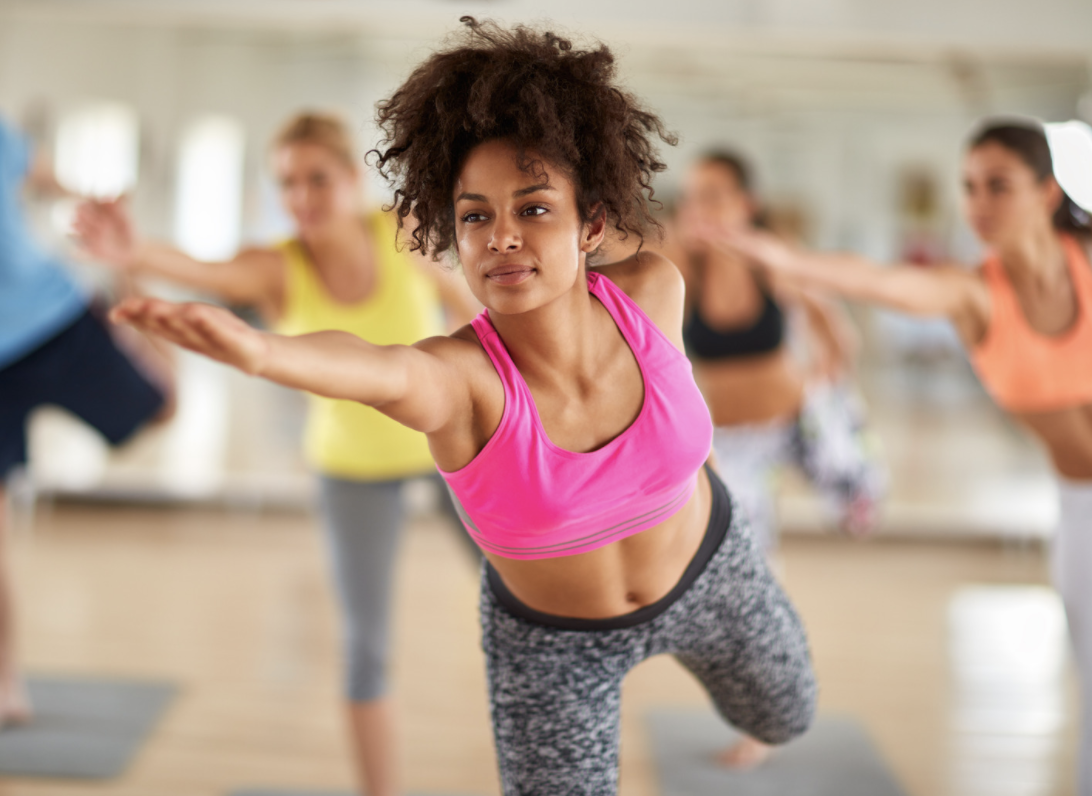Steady And Stable: Strategies To Improve Balance And Lessen Fall Injuries
August 4, 2021

While it’s not inevitable, it is a fact that the older you become, the greater your risk of falling. The CDC reports that one in 4 adults age 65 and older falls each year, and falls are the leading cause of both non-fatal and fatal injuries among older adults, with at least 30,000 deaths per year of older adults attributable to falls. While physical weakness and a sedentary lifestyle can certainly put you at risk, so, too, can such factors as the medications you take, the safety of your environment, or even whether you’re sufficiently hydrated. For a review of agebuzz posts and resources on falls and prevention strategies, grab hold and click here.
But there are always new studies and strategies to help build strength, improve balance and boost confidence, and thus lessen the likelihood of falling. For example, with the Olympics in full swing, there are many lessons to absorb from professional athletes that can be applied to the everyday activities of older adults. In a recent post in The Conversation by Anthony Blazevich, a Professor of Biomechanics at Edith Cowan University in Australia, it was suggested that we practice walking across a range of different surfaces to enable our legs to adjust to different levels of stiffness or that we watch how gymnasts rotate their arms to maintain their balance. Professor Blazevich also recommends standing on one leg when performing daily tasks such as brushing your teeth or standing up the next time you want to put on some pants. In a recent article in The Wall Street Journal (paywall), movement specialist Larry Sanders, who has often worked with professional NBA stars, illustrates a range of exercises to help keep you stable– or help you gain control the next time you feel yourself falling- including a focus on your breathing, shock absorption, and core stability. And if you do find yourself heading toward the ground, there are ways to try to fall that should soften the blow or lessen the risk of injury.
A recent article in BMC Geriatrics sheds light on another strategy that is gaining attention to lessen the likelihood of falls. Called “perturbation-based balance training (PBT)”, this training involves drills and exercises to sharpen your body’s ability to react if your balance is disturbed. A recent Washington Post article goes into depth about this training, that both elite athletes and amateurs alike can utilize, as well as those of us just going about our activities of daily living. In essence, the training forces you to begin to fall and then enhances your body’s control over your responses so that you build up the ability to catch yourself and put yourself back upright. Data already exists to show the value of this training for older adults to lessen the risk of falling or to minimize injuries should a fall occur. While this is not something you should start on your own, there are simple-to-execute exercises you can do if you’ve gotten the go-ahead from your primary care physician or personal trainer. To find out more, spread out your arms, tilt your body and click here and here.
And for some additional protection and balance support? Aging specialist and columnist Helen Dennis recently highlighted strategies to help a loved one consider a medical alert system in case of a fall and recommendations about the use of a cane as an additional way to shore up stability. She even touts the value of a cane as a new fashion accessory, something we have also recommended with the website Fashionable Canes. After all, a stylish cane can be the best companion out there to keep you stable and steady when you’re on the go.







